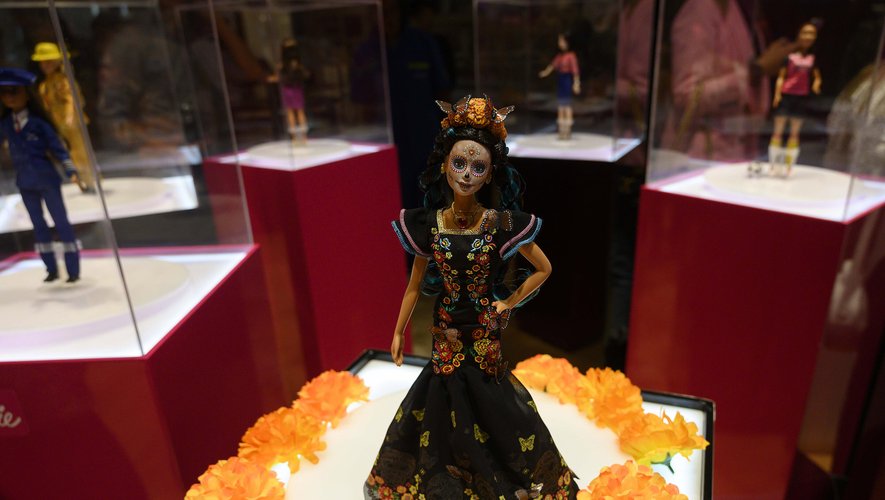(AFP) – Symbol of emancipation or diktat of beauty for women? The many facets of the Barbie doll, created in 1959, resurface with the theatrical release on Wednesday of the eponymous film by Greta Gerwig.
Sociologist at the CNRS and at the Ecole des Hautes Etudes en Sciences Sociales, Christine Castelain Meunier believes with AFP that the displayed emancipation of Barbie has its limits and that it gives a very standardized image of women, even if this new feature film can help modernize its image.
Is the Barbie doll a feminist symbol?
“It’s ambivalent. She symbolizes both the beauty of women, their independence and their physical alienation. Compared to the Barbie at the start, it has evolved into a plural representation, in terms of physique, social status, skin color. But with this imprint from the start: it’s an object. There is a reference to aesthetic standards that are alienating, very standardized, in the sense of being very model, very thin, blonde, pretty.”
The different models of Barbie (pilot, scientist, hairdresser, photographer…) are they not an illustration of a form of emancipation of women through work?
“She is an independent woman, who works, but in a context of non-egalitarian society, still very patriarchal. In a consumer society, it was somewhat necessary for women to have a salary within a family, for the consumer society to live. It is therefore a very particular social context, (with) symbols of consumption which certainly accompany her emancipation but, at the same time, which transform her into an employee, who is always inferior in the professional world to men, who work, build a career and have a higher salary.
(The film can) show that it has evolved, that it has taken on this plural dimension, from a physical point of view, etc. It was necessary to make it evolve, otherwise it would seem too old-fashioned, too offbeat.”
Is the character of Ken also a very standardized and alienating figure for little boys?
“Yes, he’s a bit of a physically perfect character, who can give rise to complexes by his criteria, his aesthetic standards of virility. (…) But aesthetic standards are a little less significant for boys, even today, than for girls. Because the boy is defined other than by aesthetic standards, where concerning the girl, we always refer to him: + Ah, you’re beautiful +, + Ah, you have a beautiful dress +, + Ah, you’re smiling +.
It’s very interesting to stage other male profiles, who are sensitive, capable of emotion, understanding, empathy… But perhaps you have to combine virility and sensitivity as best as possible, so as not to appear like a character who is decried by boys, when they themselves are supporters of emancipation, equality, etc.”

